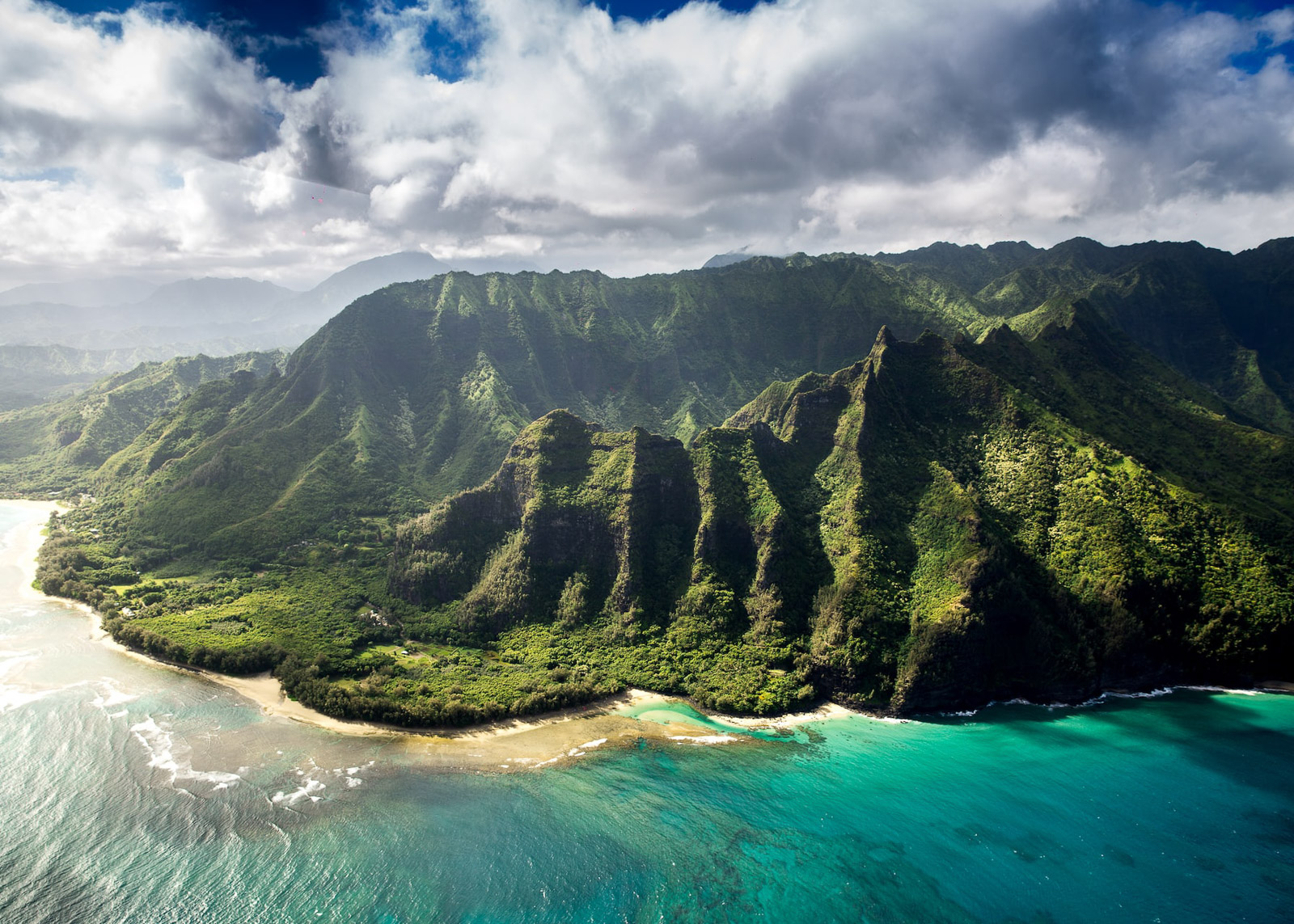

Zipline Safety Myths Debunked
You hear the cable humming above your head. Your heart pounds as you clip into the harness. Then someone starts telling horror stories about zipline accidents.
Stop right there. Most fears about zipline safety come from myths and old wives’ tales. The truth is far less scary than the stories you hear around campfires.
Let’s set the record straight. Modern ziplines follow strict safety rules. Industry groups estimate there are more than 400 commercial zip lines in the U.S. across 48 states that service more than 70 million rides annually. That’s millions of safe rides every year.
Myth: Zipline Cables Break All the Time
Here’s what people believe: Zipline cables snap without warning, sending riders crashing to the ground.
The reality is much different. Commercial ziplines use cables rated for massive weights. When it comes to the cabling used for most of Hawaii’s ziplines, you’re attached to lines that are around ¾” thick, rated at around 50,000 lbs each. These cables can hold the weight of several cars.
Professional operators inspect cables daily. They replace them long before they show wear. All of our equipment tested to hold at least 5,000 pounds which about as heavy as a Ford F-150.
The real issue isn’t cable strength. It’s maintenance. Poor upkeep causes problems, not weak cables. This is why you should only choose certified guides who follow ACCT or ASTM standards.
When you book an Oahu zipline adventure at a quality facility, you get cables that exceed safety requirements by huge margins. The math is simple: proper cables plus regular checks equals safe rides.
Myth: Weather Shuts Down Operations Too Often
Many people think rain or wind cancels zipline tours constantly. They worry about losing money on canceled trips.
Weather protocols exist for good reasons. Strong winds and lightning create real dangers. But modern facilities use precise weather monitoring. They know exactly when conditions become unsafe.
Light rain rarely stops zipline tours. The cables stay secure in wet weather. Professional guides adjust safety procedures for different conditions. They might slow down rides or add extra harness checks.
The key is picking operators who follow weather protocols strictly. Quality facilities don’t take chances with guest safety. They’d rather cancel a tour than risk an accident.
Eco-friendly tourism operations often have the best weather safety systems. They understand nature’s patterns. They know when storms are coming before you do.
Myth: Anyone Can Run a Zipline Without Training
This myth is dangerous. Some people think setting up backyard ziplines is simple. They see cheap kits online and assume safety is automatic.
For ziplines to be safe, they must adhere to stringent requirements and standards for proper design, engineering, construction, operation, and management. Proper zipline design requires engineering knowledge. Installation needs certified professionals.
Commercial operators train their staff for months. Guides learn rescue techniques, first aid, and emergency procedures. They practice harness checks until they become second nature.
The difference between amateur and professional setups is huge. Professionals use computer control systems, hydraulic brakes, and backup safety measures. Backyard setups often lack these critical features.
Choose operators who invest in certified guides. Ask about their training programs. Good facilities are proud of their safety records and will share details freely.
Myth: Modern Braking Systems Can’t Be Trusted
Old-school ziplines required riders to control their own speed with gloves. People grabbed the cable to slow down. This system led to burns and crashes.
Modern ziplines work differently. Our ziplines feature a modern braking system, which means that zipliners do not need to control their speed or stop themselves, allowing for all ages (within weight restrictions) and abilities to take part in this activity.
Automatic braking systems use physics and engineering to slow riders safely. Computer sensors calculate the perfect stopping distance. The system adjusts for each rider’s weight and speed.
These systems remove human error from the equation. Riders can’t brake too late or grab the cable wrong. The system handles everything automatically.
Quality facilities use multiple backup systems. If one brake fails, others take over. This redundancy makes modern ziplines much safer than older designs.
The Truth About Zipline Safety
Real zipline safety comes from choosing the right operator. Look for facilities that exceed industry standards. Check for ACCT certification and daily equipment inspections.
To these operators, client safety is the top priority, so you can strap yourself in and release your worries to enjoy one of the most exciting— and safe—activities the Hawaiian Islands have to offer.
Weight limits exist for safety, not discrimination. Operators enforce these limits strictly because physics doesn’t negotiate. Too much weight means too much speed on landing.
Professional guides make the biggest difference. They spot problems before they happen. They adjust equipment for each rider. They know when to stop tours due to weather or equipment issues.
The bottom line is simple: properly run ziplines are remarkably safe. The myths persist because dramatic stories spread faster than boring safety statistics. But the numbers don’t lie. Millions of people zipline safely every year.
Your job is picking the right operator. Do your research. Read reviews. Ask about safety procedures. Choose facilities that put safety first, and you’ll have an amazing time flying through the trees.







